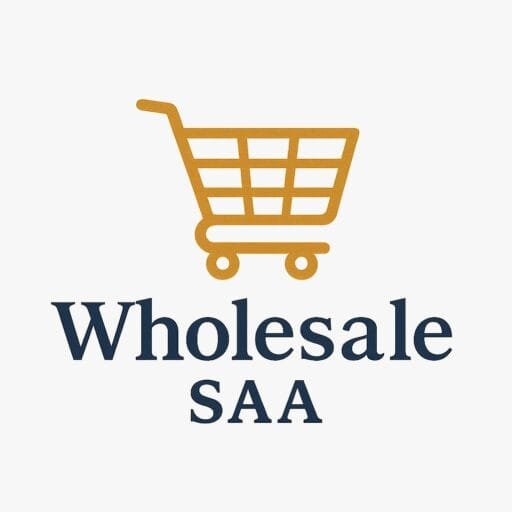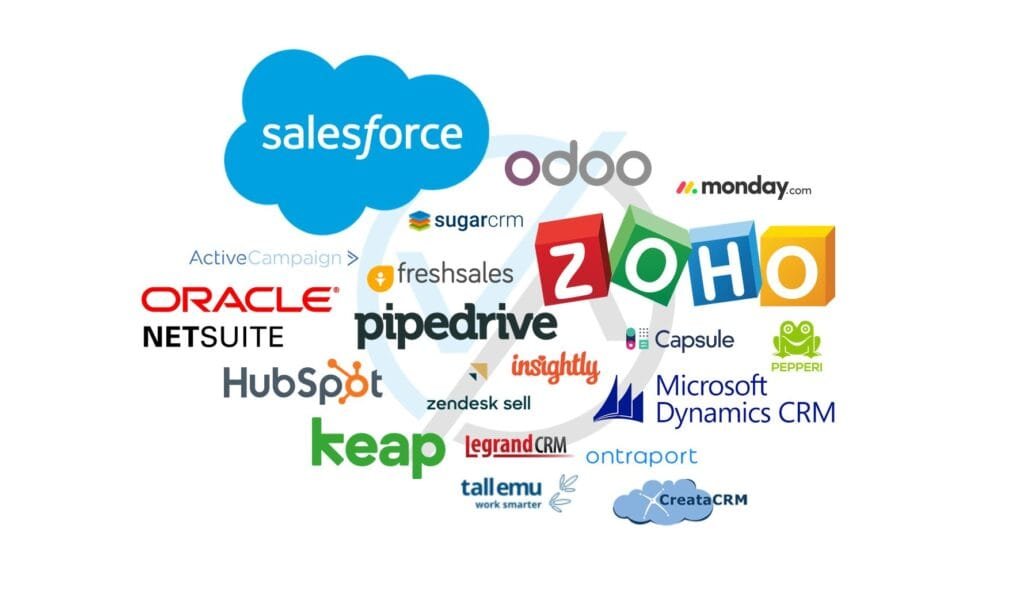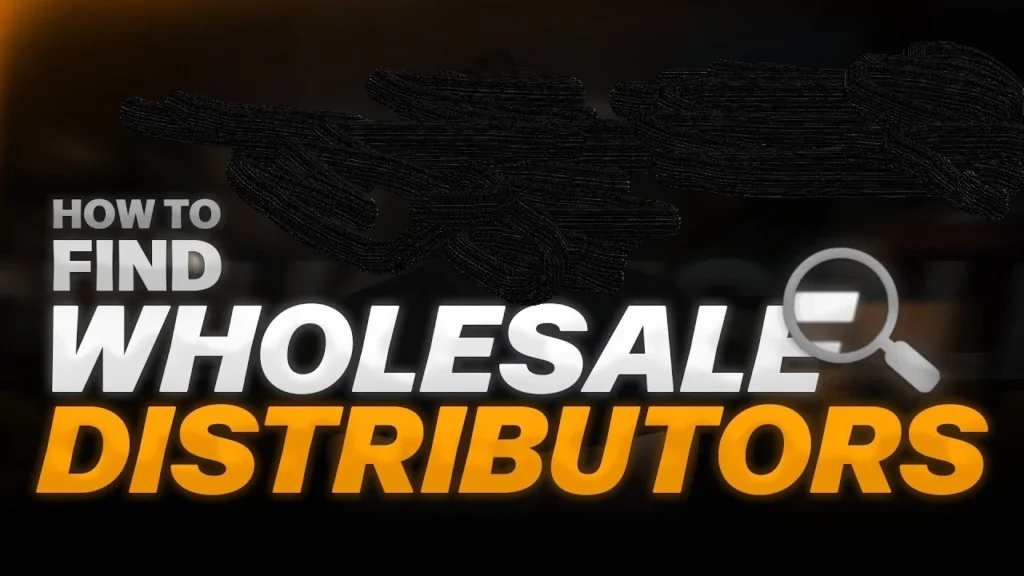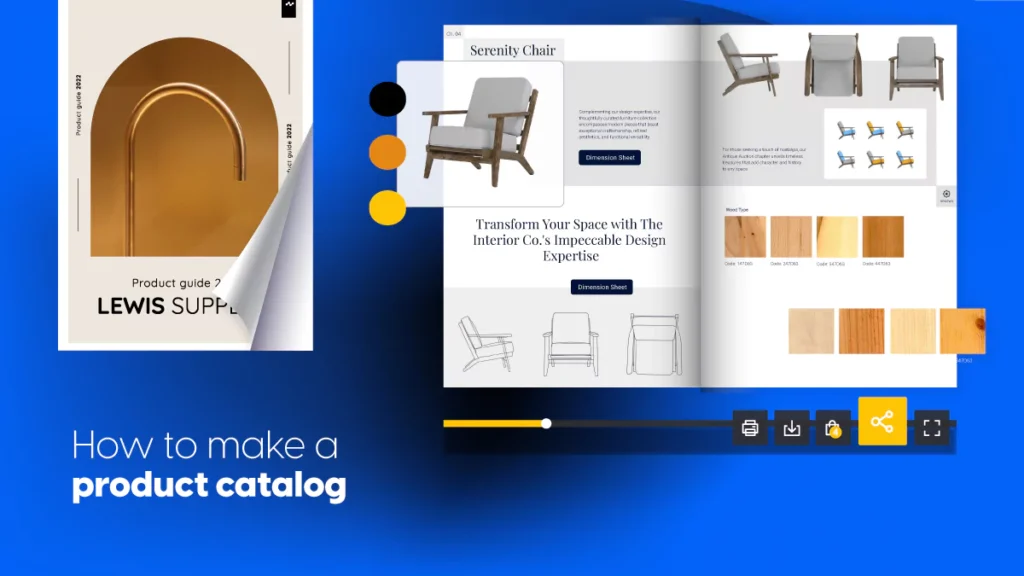In today’s economy, time is money, and nowhere is that truer than in supply chain operations. The race to cut costs, streamline logistics, and satisfy customers faster has never been more urgent. Whether you’re a small business trying to scale or a large enterprise trying to stay competitive, automation tools are no longer just “nice to have”; they are a necessity.
But let’s be real: automation can sound intimidating. Robots, AI, dashboards, integrations, where do you even begin? The good news is that some tools are incredibly user-friendly, affordable, and game-changing. They are designed to make your life easier, not more complicated.
In this guide, we’ll break down five powerful supply chain automation tools that are helping real companies save time and money every single day. We’ll walk through what they do, how they work, why they matter, and give you real-world examples of how they’re used. Ready to make your supply chain smarter, leaner, and more cost-effective?
Let’s dive in.
Why Supply Chain Automation Matters Now More Than Ever
Before we get into the tools, let’s look at the bigger picture.
1. Speed Matters
Online shoppers expect next-day delivery. Delays hurt your reputation and bottom line. Automation removes bottlenecks and human error, helping you deliver faster.
2. Cost Efficiency
Labor costs are up. Errors are expensive. Paper processes slow you down. Automating repetitive tasks like order processing, shipping updates, and invoicing saves thousands (even millions) in operational costs.
3. Scalability
What works for 10 orders a day breaks down at 100. Automation allows small businesses to scale without increasing headcount.
4. Visibility and Accuracy
With real-time tracking, predictive analytics, and automated alerts, you get crystal-clear visibility into inventory, orders, and delays. That means fewer surprises and better decision-making.
The 5 Supply Chain Automation Tools That Are Changing the Game
Each of these tools excels in a different part of the supply chain. Together, they create a high-efficiency ecosystem you can depend on.
1. ShipBob – Automated Fulfillment at Scale
ShipBob is a tech-driven third-party logistics (3PL) platform that automates everything from inventory management to order fulfillment and shipping.
How it saves time and money:
Integrates with Shopify, Amazon, BigCommerce, and more
Automates order picking, packing, and shipping
Smart inventory placement across fulfillment centers reduces shipping costs
Provides predictive shipping analytics and real-time tracking
Apparel brand TB12 used ShipBob to outsource its fulfillment. The result? A 30 percent reduction in shipping costs and a 25 percent increase in delivery speed. By handing over operations to ShipBob, their team could focus on brand growth instead of logistics headaches.
Even if you’re not a supply chain expert, ShipBob’s dashboard gives you a clean, easy-to-read snapshot of what’s happening, and what needs attention—no jargon, no spreadsheets.
2. TradeGecko (Now QuickBooks Commerce) – Inventory Automation Simplified
QuickBooks Commerce helps businesses automate inventory tracking, purchase orders, and B2B sales all from one clean interface.
How it saves time and money:
Real-time inventory updates across all your channels (eBay, Shopify, Amazon)
Auto-generates purchase orders when stock is low
Reduces manual data entry and syncing issues
Minimizes overstock and understock losses
A growing wellness brand selling herbal teas used QuickBooks Commerce to sync their Amazon, retail, and online store inventories. It eliminated constant spreadsheet updates, prevented stock-outs, and saved their team 15 hours a week in admin tasks.
Inventory stress is real. Every small biz owner knows the sinking feeling of selling something that’s out of stock. This tool helps you sleep more easily at night, knowing your system won’t let that happen.
3. Project44 – Supply Chain Visibility and Predictive Tracking
Project44 offers end-to-end real-time visibility for shipments, from dock to door, whether it’s by truck, air, or ocean.
How it saves time and money:
Tracks shipments in real-time using GPS, IoT, and carrier integrations
Predicts delays and alerts teams before they become a crisis
Automates data entry into your ERP or TMS
Increases delivery reliability and customer trust
Logistics-heavy retailers like Amazon and Walmart use predictive tools like Project44 to monitor their global supply chain in real-time. Even smaller retailers are leveraging it to stay competitive and provide Amazon-like delivery updates.
When you’re managing dozens or thousands of deliveries, being blindsided by delays is exhausting. Project44 helps you stay ahead of issues, and that sense of control is powerful.
4. Zebra Technologies – Smart Warehouse Automation
Zebra Technologies provides barcode scanning, RFID tagging, and handheld automation devices that help warehouses run smarter, not harder.
How it saves time and money:
Automates tracking of goods from receiving to shipping
Uses AI-powered analytics to optimize warehouse layout
Cuts manual scanning and human errors
Boosts picking and packing speed
Warehouse teams using Zebra’s wearable scanners and voice-guided picking systems reduce errors by 60 percent and increase throughput by 25 percent. That means more shipments go out accurately and faster without burning out your team.
Warehousing is physical and grueling. Automating repetitive tasks helps employees avoid burnout and injuries while giving managers fewer fires to put out daily.
5. Celonis – Process Mining for Supply Chain Optimization
Celonis uses AI to analyze every step of your supply chain workflow and automatically identifies inefficiencies, an X-ray for your operations.
How it saves time and money:
Detects bottlenecks and lag points in supply processes
Suggests automation paths to improve flow
Integrates with SAP, Oracle, Salesforce, and more
Cuts lead time and operational costs
A European auto parts manufacturer used Celonis to reduce order lead time by 30 percent simply by uncovering delays in their internal approval process. No new software, no hardware, just smart insights.
You don’t know what you don’t know. Celonis gives you the data you need to make better calls without guessing or hiring a $10000 per month consultant.
Key Impacts of Using These Tools
1. Time Back to Focus on Growth
These tools handle the heavy lifting, so you can spend time innovating, marketing, and connecting with customers.
2. Consistent Cost Savings
From fewer returns to lower shipping fees, automation reduces waste and boosts margins in ways that compound over time.
3. Happier Customers
Reliable, on-time delivery builds trust. Real-time tracking creates transparency. Happy customers equal repeat buyers.
4. Lower Stress for Teams
Fewer manual tasks mean lower burnout, fewer errors, and more time for strategic thinking.
5. Competitive Edge
In 2025, customers expect Amazon-level speed and transparency. These tools help you meet those expectations without breaking the bank.
Why This Matters for You
You’re not alone in feeling overwhelmed by modern logistics. Maybe you’ve missed out on bulk orders because of inventory miscounts. Maybe a supplier delay cost you a major client. Maybe you’ve stayed up late trying to fix shipping errors again.
These tools aren’t just about cutting costs. They’re about peace of mind. They free up your time, reduce stress, and give you the freedom to grow the business you dreamed of without drowning in spreadsheets and shipping chaos.
Automation isn’t the future. It’s the now.
Conclusion
The truth is, you don’t need to automate everything overnight. Start small. Pick one pain point, like inventory management or order tracking, and try a tool that addresses it.
The five tools we covered:
ShipBob – For fulfillment and shipping
QuickBooks Commerce – For inventory and ordering
Project44 – For predictive shipment tracking
Zebra Technologies – For warehouse automation
Celonis – For finding and fixing inefficiencies
Each one is a step toward a smarter, leaner, and more successful business. And once you see how much time, money, and energy you can save you won’t want to go back.
So here’s the big question: Which one will you try first?






